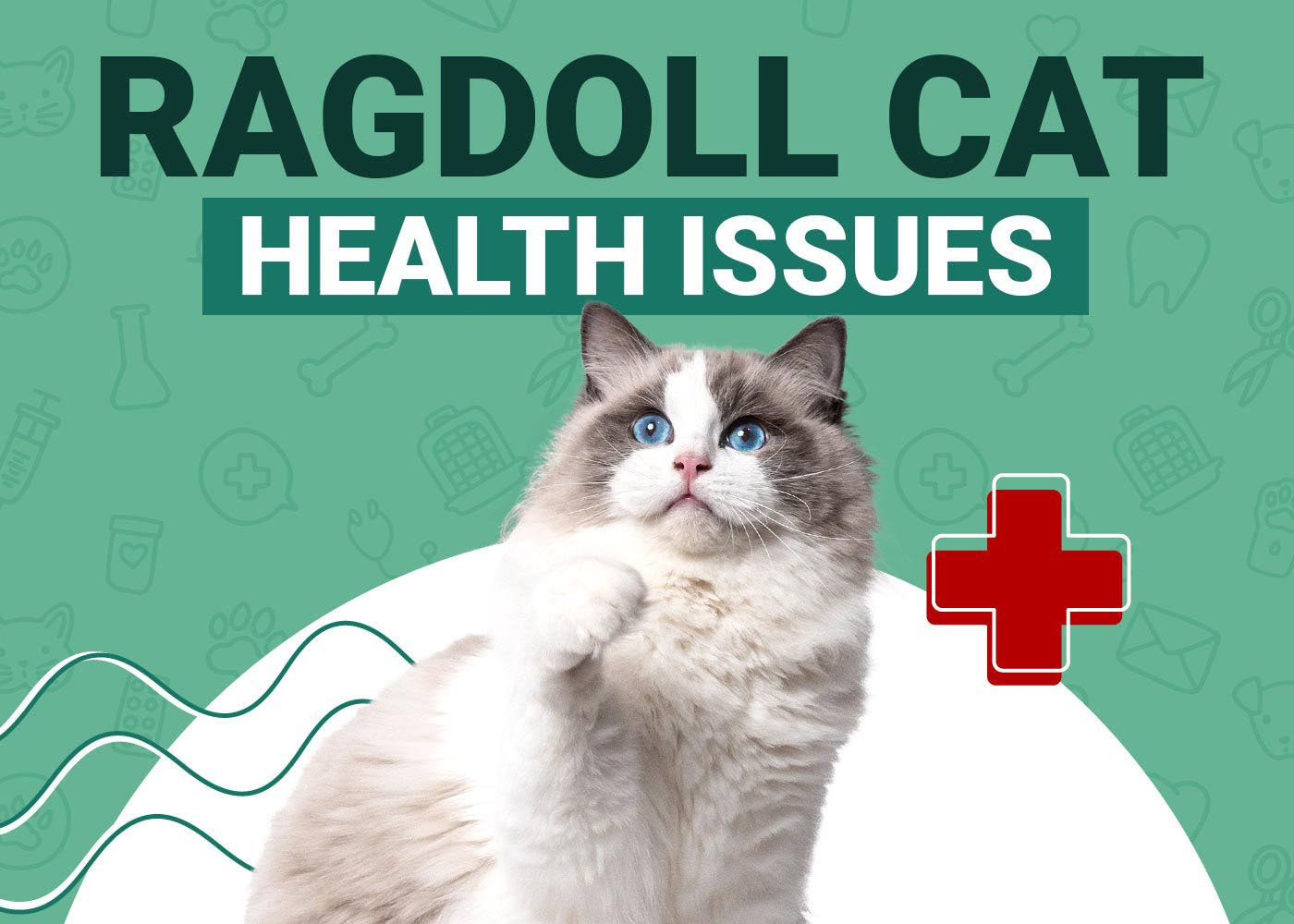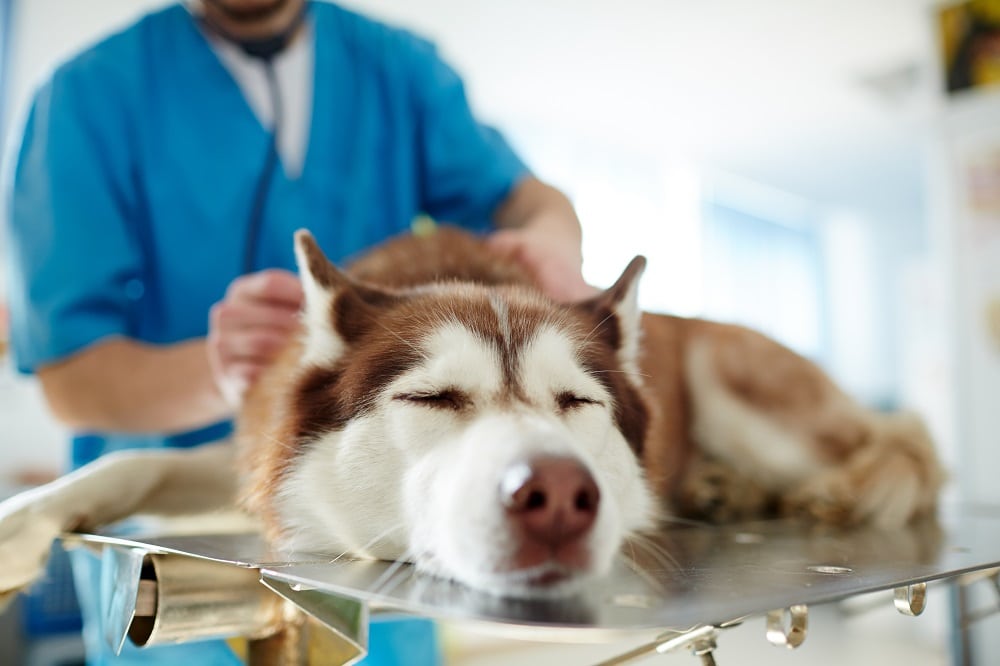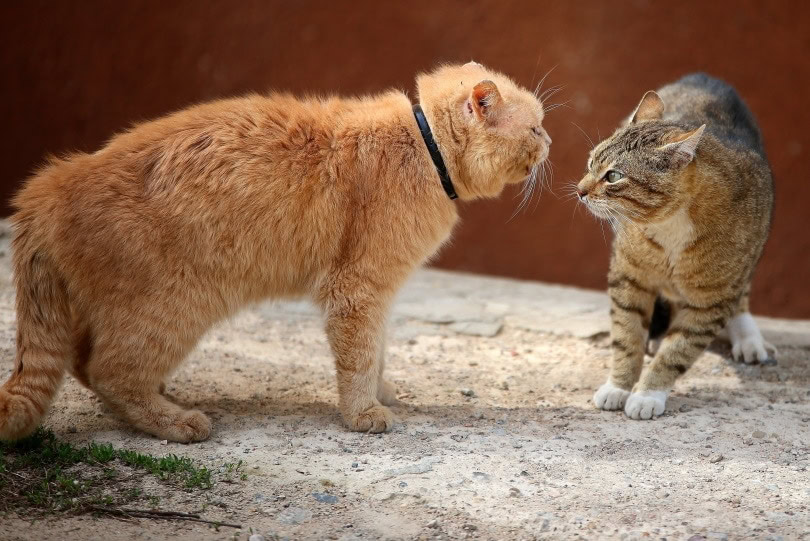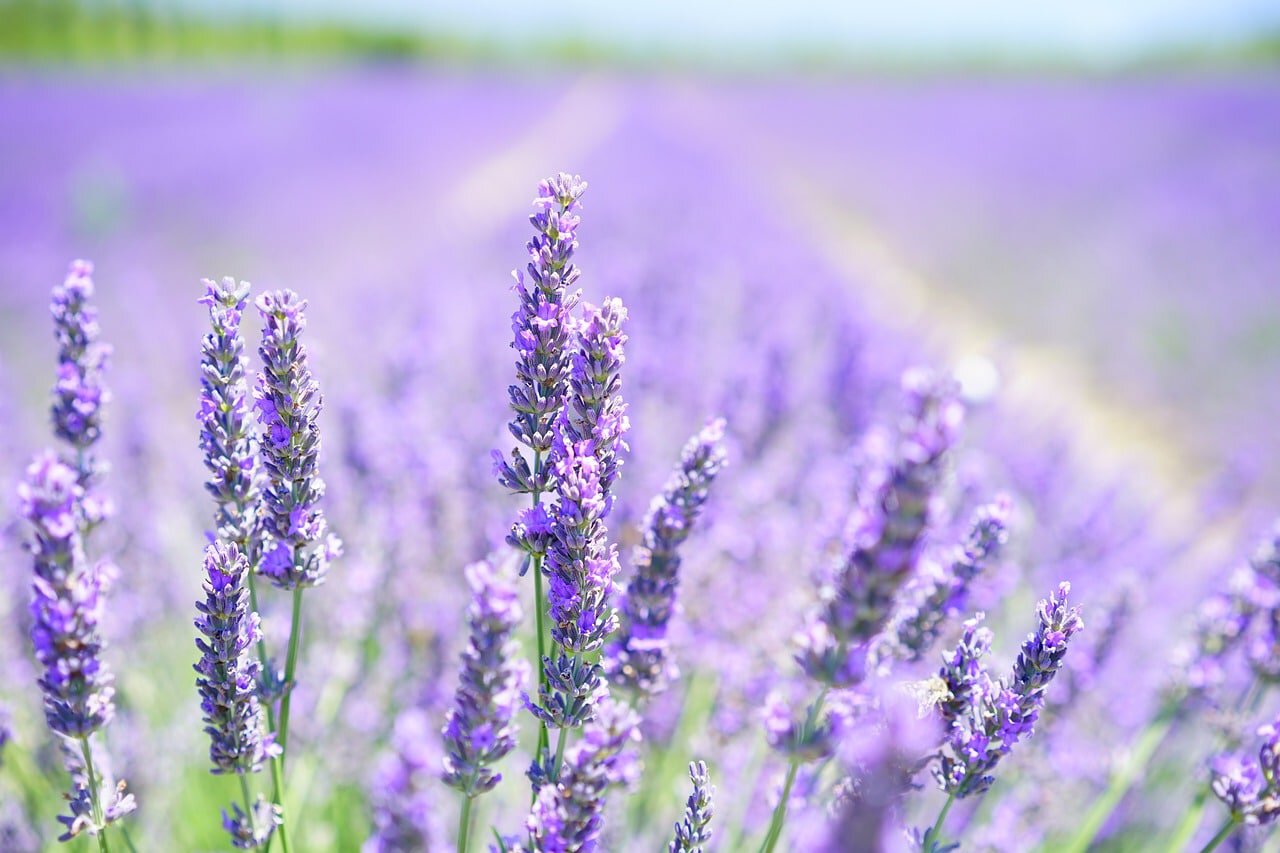VET APPROVED

The information is current and up-to-date in accordance with the latest veterinarian research.
Learn more »The Ragdoll cat is a lot like a living stuffed animal, with their magnificent blue eyes, angelic face, silky fur, and rounded body. But what melts the hearts of lovers of this breed is the Ragdoll’s complete abandonment when we take them in our arms. They start to purr with pleasure, their cute little paws dangling, and they don’t show the slightest nervousness. The Ragdoll cat also has a gentle character and boundless affection for their human parents, making them an exceptional feline companion.
However, although they are generally of good constitution, the Ragdoll can be affected by certain diseases and genetic conditions. This is not to say that all Ragdolls will develop these health issues, but rather that this breed may be more at risk than other cats. If you already have a Ragdoll in your home or are thinking of adopting one, it’s a good idea to learn about the common health problems of this gorgeous and friendly feline.

The 7 Common Ragdoll Cat Health Problems
1. Hypertrophic Cardiomyopathy (HCM)
Hypertrophic cardiomyopathy1 is a heart disease characterized by thickening of the heart’s walls and increased left ventricular mass. Eventually, the heart muscle becomes too thick to pump blood effectively. It is an inherited condition that can affect all cats, but research has shown that it is, unfortunately, more common in Ragdolls due to a mutation in the MYBPC3 gene2. This mutation is also found in the Maine Coon.
Common signs include:
- Rapid breathing
- Lethargy
- Little appetite
During the clinical examination, the veterinarian may also detect a heart murmur. This disease must be detected in time and taken care of quickly so that the treatment is more effective and to ensure that the cat can live without pain.
2. Polycystic Kidney Disease (PKD)
Polycystic kidney disease3 is caused by a defective gene first identified in Persians. However, this defective gene is also seen in other breeds, such as Ragdolls. Kittens that are affected are born with tiny cysts inside the kidneys. These cysts grow slowly over time, eventually destroying the affected organ.
The most common signs are:
- Vomiting
- Weight loss
- Excessive thirst
- Lethargy
- Poor overall health
Unfortunately, polycystic kidney disease cannot be cured, but a specific diet and medication can slow the progression of the disease. Early diagnosis, mainly through annual urine and blood tests, allows rapid disease management.
In addition, be aware that a genetic test to detect the presence of the defective gene in cats is available. Therefore, a responsible breeder would not allow a cat carrying the PKD gene to be used for breeding.
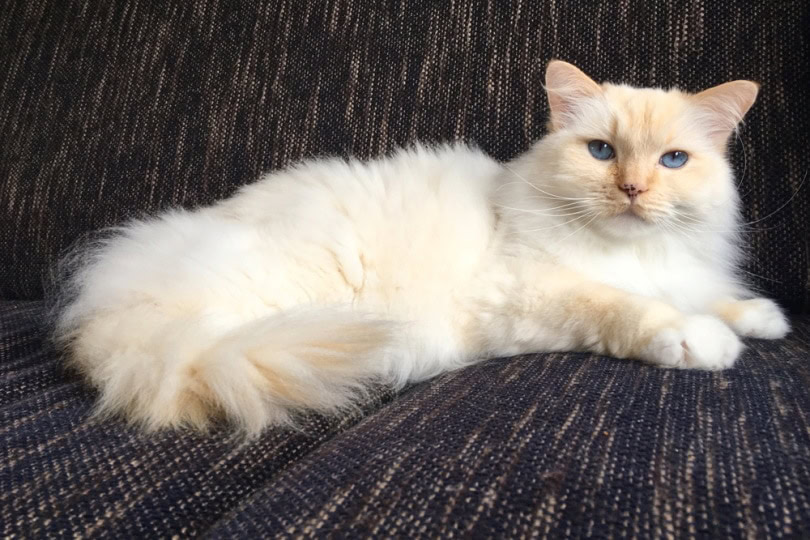
3. Neonatal Isoerythrolysis (NI)
Neonatal isoerythrolysis4 is a rare disease caused by an incompatibility between the blood groups of the mother and one or more kittens. It occurs when a newborn kitten with type A blood sucks the first milk (colostrum) from a mother with type B blood (or vice versa: type B kitten and type A mother).
The mother’s colostrum contains her type A blood immunity: when the type B blood kitten absorbs the antigen from the mother’s milk, an immune reaction is set in motion in their little body. Their immune system develops antibodies that attack and destroy the kitten’s red blood cells. This causes their death only a few days after their birth.
This disease is often seen in breeds with a higher likelihood of having type B blood, such as Ragdolls.
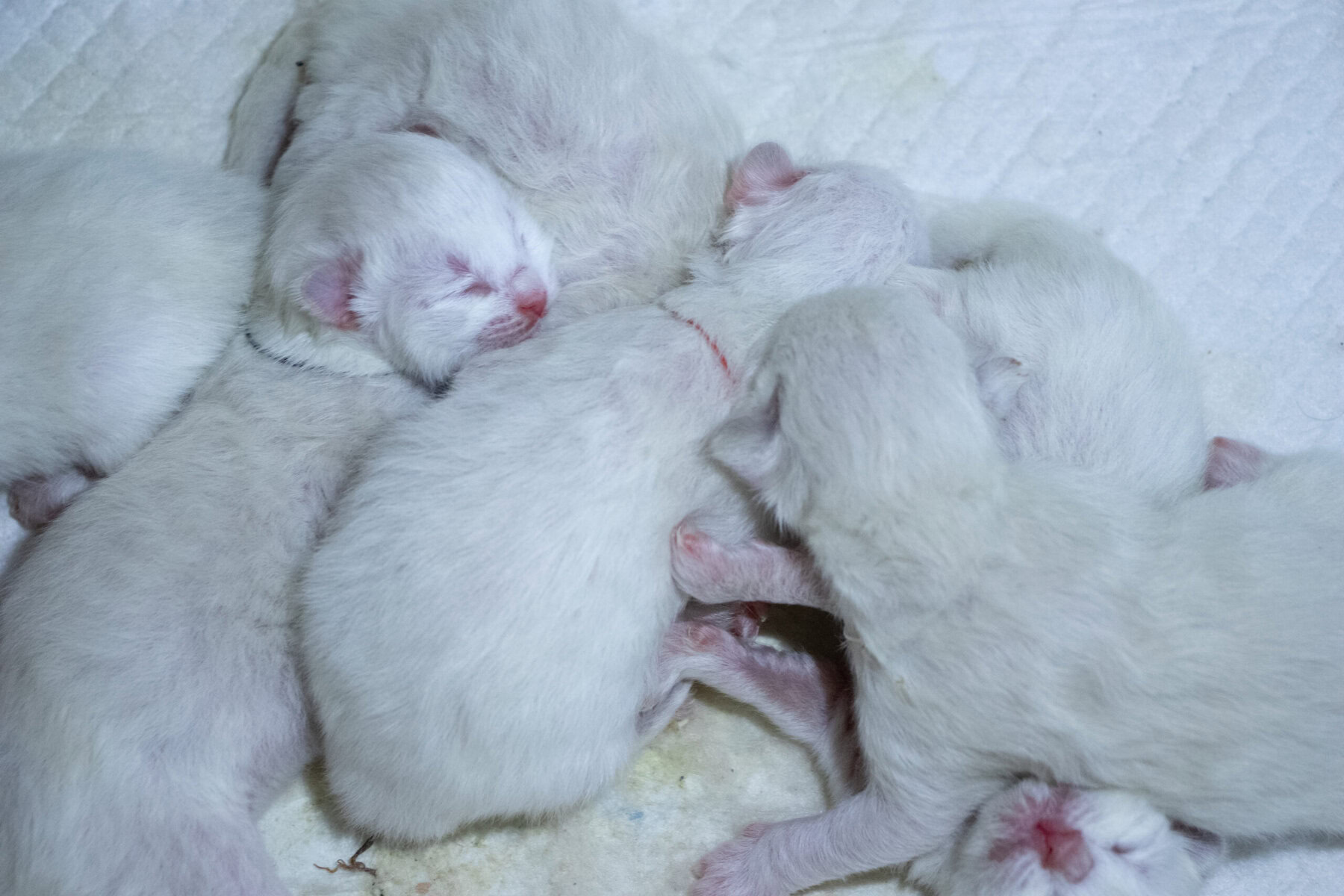
4. Progressive Retinal Atrophy
Ragdoll kittens who inherit the autosomal recessive gene from both parents are born with normal eyesight; however, this inherited trait causes a slow and progressive degeneration of the retina, which will result in late-onset partial or complete blindness as they get older. The retina’s photoreceptor cells, including the cones and rods, are deteriorated, leading to a progressive loss of vision. There is no treatment for progressive retinal atrophy, but with DNA testing available, the recommendation is to remove any Ragdoll carrying the gene from breeding programs.
5. Feline Aortic Thromboembolism (FATE)
Since Ragdolls are more likely to suffer from heart disease like HCM, they are also at risk of developing blood clots, also known as feline aortic thromboembolism. As these blood clots can travel through the aorta and become lodged in a thinner vessel, this often has the effect of blocking blood flow to the cat’s hind legs. So, if a cat’s hind legs suddenly become paralyzed, it’s a life-threatening emergency.
If your cat is diagnosed with a heart condition like HCM, your vet can prescribe medications to decrease the risk of blood clots.
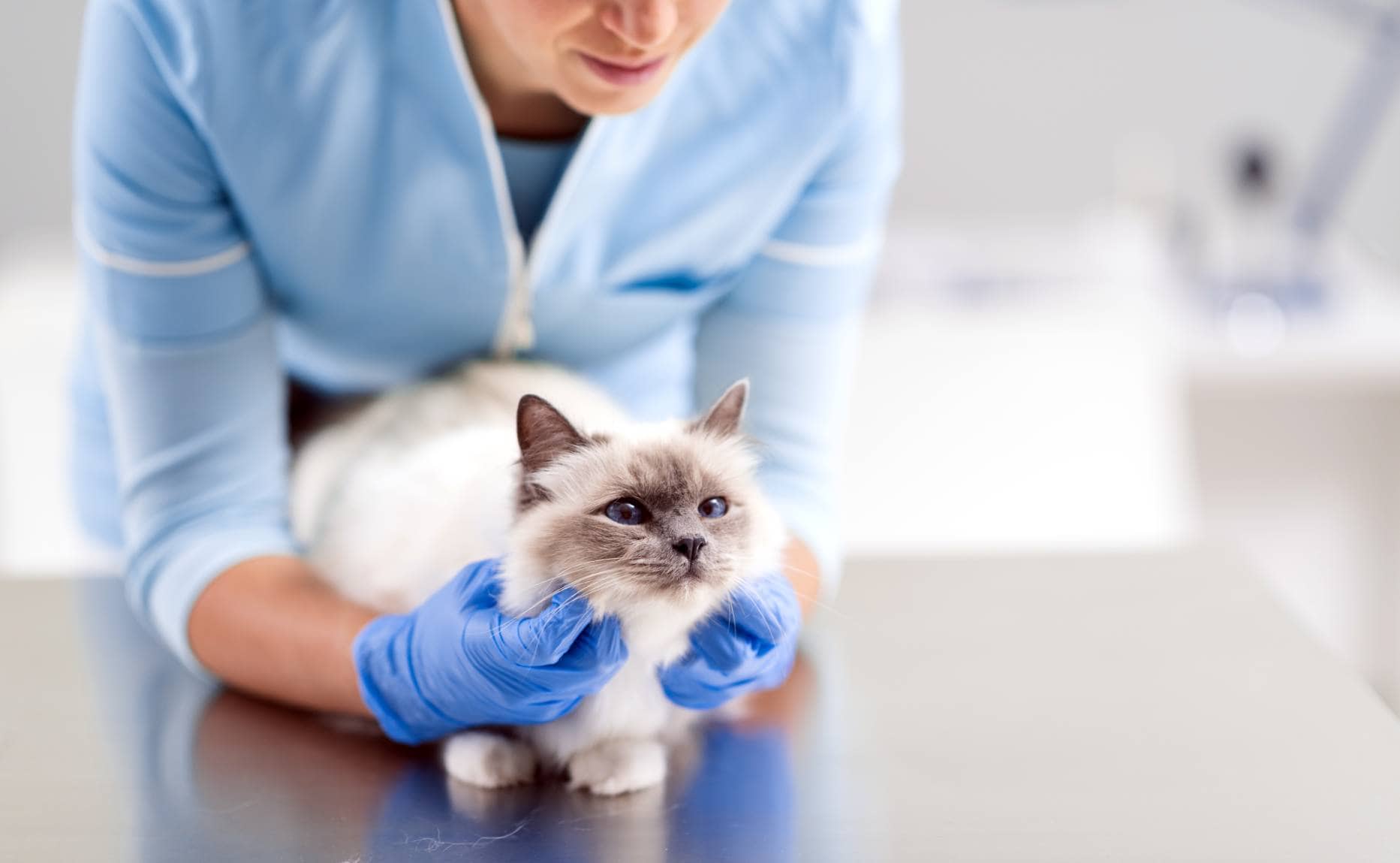
6. Obesity
Obesity is a major health problem that can shorten your cat’s life and lead to many other health problems, such as arthritis and diabetes. And since the Ragdoll cat would rather snuggle on their human’s lap than climb their cat tree, it’s no wonder this breed is prone to being overweight. Luckily, you can encourage your cat to be more active by playing with them, buying interactive games, limiting treats, and feeding them a balanced diet.
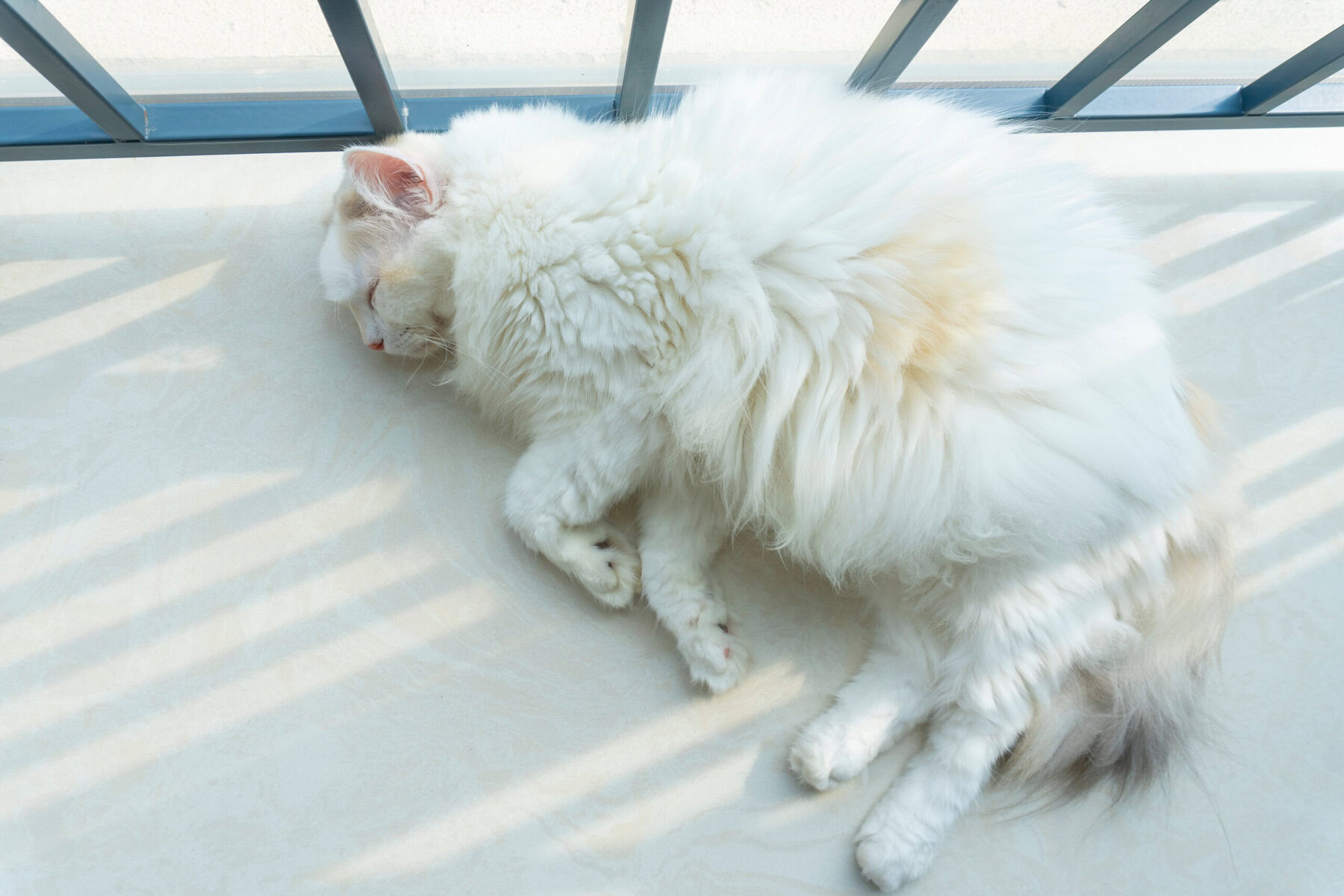
7. Feline Mucopolysaccharidosis
There are several types of mucopolysaccharidosis, and type VI is an inherited trait that can be present in the Ragdoll. Cats with two copies of either the mild or severe mutation will be affected.
Mucopolysaccharidosis is caused by a deficiency of specific enzymes involved in the digestion of certain polysaccharides known as glycosaminoglycans (GAGs). This deficiency leads to progressive cellular damage due to the accumulation of GAGs in cells and tissues. Cats with this condition present growth issues, as they can not maintain healthy connective tissue or a normal vertebral structure.
Signs include facial dysmorphia (characterized by having small ears, a wide space between the eyes, and a flattened face), bone degeneration or skeletal abnormalities, paralysis, stunted growth, dwarfism, corneal clouding, and an enlarged liver.

How to Keep Your Ragdoll Cat Healthy
With DNA testing, the current recommendation is to run tests of any cats before intending to breed them. Unfortunately, once a kitten is born with the genes of an inherited condition, you can’t prevent your Ragdoll from developing the disease but you can give them all the care they need to remain as healthy as possible for as long as possible:
- Monitor your feline’s weight and feed it high-quality, high-protein kibble or wet food appropriate for its age and level of physical activity.
- Brush their coat, examine their eyes and ears, and brush their teeth regularly.
- Keep their vaccinations up to date.
- Have your Ragdoll checked annually, including blood tests, urine, x-rays, and other necessary examinations.
- Familiarize yourself with the signs of disease and medical conditions, and consult a veterinarian for the best treatment and management plans for your cat. Some of this condition’s progression can be delayed with proper diet, supplementation, or medical treatments.

Conclusion
Ragdoll cats are full of unique qualities, although they are prone to certain health issues. However, awareness is the first step to either prevent inheritable genetic conditions or ensure that your beautiful cat will receive the proper veterinary care while providing them with the best possible quality of life in your home. Plus, Ragdoll cats can live to be more than 15 years old, which is another reason to adopt one of these adorable felines!
Related Reads:
Featured Image Credit: Atmosphere1, Shutterstock
